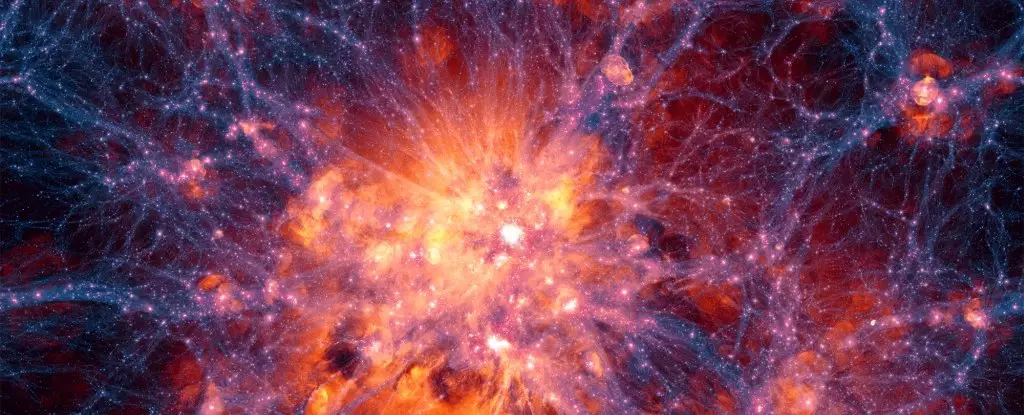The quest to unravel the secrets of dark matter, a cosmic enigma that shapes the universe, is entering a groundbreaking phase. Researchers at the University of Southampton are pioneering a novel approach involving the levitation of graphite sheets in a microgravity environment. This innovative experiment aims to uncover clues about the fundamental nature of dark matter, a substance whose existence has long been inferred through its gravitational effects but has never been directly observed.
The Dark Matter Conundrum
Dark matter constitutes a substantial portion of the universe’s total mass, which is evidenced by astronomical observations. The universe displays an imbalance: the amount of visible matter, comprising stars, planets, and cosmic dust, pales in comparison to the gravitational forces at play. For instance, observations of the rotation rates of galaxies reveal speeds that exceed predictions based solely on the mass of visible matter. This phenomenon leads scientists to conclude that dark matter, outnumbering ordinary matter by a staggering six to one, must exist, even if its specific characteristics remain elusive.
Historically, dark matter has been challenging to probe, as it does not emit, absorb, or reflect light, nor does it interact with other matter in detectable ways. Consequently, scientists have had to rely on indirect measures of its influence, primarily through gravitational effects. This limitation has fueled diverse theories regarding dark matter’s nature, from exotic particle candidates like Weakly Interacting Massive Particles (WIMPs) to more speculative hypotheses involving modifications to gravity itself. The continued absence of direct detection keeps scientists fervently pursuing new avenues of inquiry.
A Novel Experimental Approach
Tim Fuchs and his team at the University of Southampton are at the forefront of an innovative experiment set to launch aboard the Jovian-1 satellite in early 2026. The experiment involves a unique setup that levitates sheets of graphite between magnets in microgravity. This method allows for unparalleled sensitivity to small forces, which may offer hints of dark matter interactions.
According to Fuchs, if dark matter indeed pervades our universe, it may create a ‘dark wind’ that exerts a measurable force on these levitated particles. The goal is not simply to detect dark matter but to gather empirical data that might elucidate its properties and interactions. This microgravity environment provides a pristine backdrop, free from the interference of Earth’s atmosphere, which could obfuscate potential signals.
The implications of the Jovian-1 mission extend beyond the immediate goal of dark matter detection. By launching a compact satellite equipped with diverse experiments designed by students from multiple UK institutions, this initiative fosters collaboration and supports educational endeavors in the field of astrophysics. The mission exemplifies how academic partnerships can drive innovation and stimulate interest in cutting-edge scientific research among the next generation of scientists.
Moreover, the anticipated results from the Jovian-1 mission, regardless of whether dark matter is detected, could advance our understanding of cosmic phenomena. Fuchs raises an intriguing possibility: current terrestrial detectors may be unable to capture dark matter signals due to atmospheric interference. Should the Jovian-1 experiment succeed in identifying dark matter interactions, it could redefine the limitations and methodologies applied in future dark matter research.
As researchers prepare for the impending launch of Jovian-1, the scientific community stands on the precipice of a potential breakthrough. The challenges in detecting dark matter have inspired generations of scientists to think creatively and innovate relentlessly. While the wait for results may extend into 2026, the rigorous groundwork laid by Fuchs and his team is a testament to the enduring human pursuit of knowledge.
The initiative to explore dark matter through microgravity experiments represents a vital chapter in our enduring quest to understand the universe. It highlights the need for persistent inquiry and experimentation in the realm of theoretical physics. As we await the outcomes of this ambitious project, one thing remains clear: the journey to uncover the mysteries of dark matter is just beginning, and science will continue to push the boundaries of our understanding far beyond what we can currently perceive.


Leave a Reply